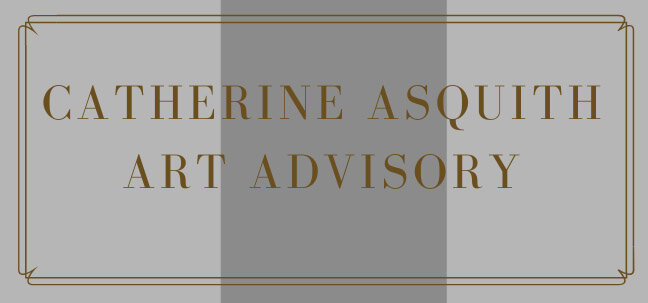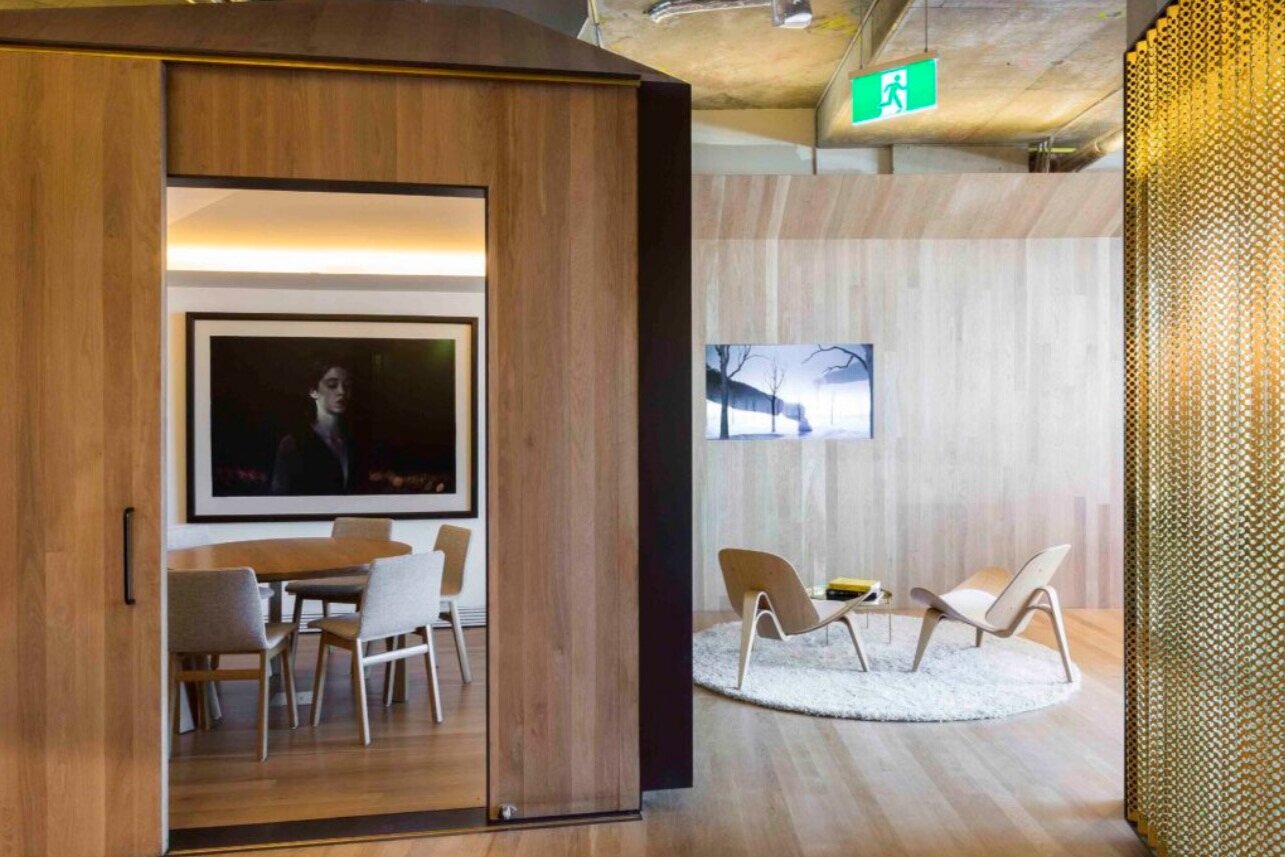Corporate Collection 101: Implementing Collection Management Protocols
Part 4
Image: Bresic Whitney, Sydney. Artworks Untitled #35 by Bill Henson and Staging Silence 2 (2013) by Hans op de Beeck.
Once a collection’s parameters and policy guidelines have been settled, management protocols should then be considered in tandem with the nature of the holdings.
The type of artwork, or genre, the number of works, the installation and location of pieces, and the total value will all have a bearing on the collection’s management. However, as a general rule, most collections will consider the following attributes as informing their protocols:
Scheduled audit and valuations
Audits and valuations should be undertaken on a regular basis, generally every 2 years. The final valuation reports should then be filed for use as reference, and as ancillary to taxation and insurance matters.
Maintenance and condition reporting schedule
The scheduled audits and valuations will also avail in situ or on-site condition inspection of works in the collection. Depending on the outcome of this report, a professional conservator or restorer may be contracted for further appraisal and reparation recommendations. In certain cases, particularly with regard to commissioned works, the artist’s recommended maintenance guidelines will be available (with such having been provided at the completion of the commission), failing which the commissioned artist should be consulted for any type of repair.
Regular updating of artist and artwork documentation
Collating news regarding the artists in a collection is good practice, adding a further dimension to the appreciation of its holdings. Of particular interest will be significant artist/art awards, participation in important curated public museum and gallery exhibitions, representation at prestigious international art fairs and international representation. Alongside these primary market indicators, a collection’s art advisor or curator would also be mindful of secondary market (auction) movements, specifically auction results and market traction.
Maintenance of the Master Inventory
Updating of the master inventory should take place as a matter of course after valuations, condition assessments, acquisitions and deaccessions, art loans and commissions.
Precedents or templates for: acquisition, deaccession, art loans etc
In order to adhere to best practice, it is recommended that a collection has in place a set of precedents or templates in respect of acquisitions, art loans, exhibitions, commissions and deaccessions. For example, when a new work is acquired, it should be subject to a specific process or due diligence in respect of ‘entering’ the collection, i.e. inputting the correct information for the artwork, in line with museum cataloguing standards, in addition to allocation of a catalogue number, adding the artist’s CV, Artist Statement and any other available biographical details to the file, and so on.
As a collection’s inventory develops and increases it is a prudent measure to consider a digital version, i.e. a “CMS” or collection management system. These various software and web-based systems allow for expedient and efficient management of all relevant documentation and details regarding the collection.

